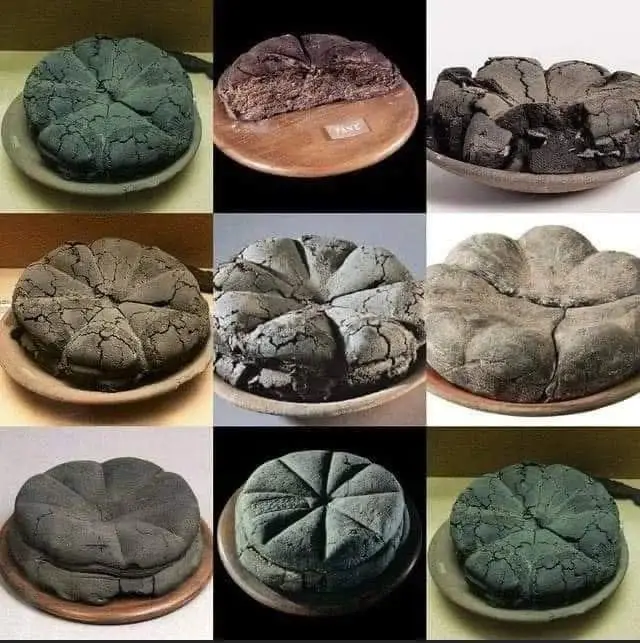this post was submitted on 04 Jan 2025
132 points (100.0% liked)
Historical Artifacts
818 readers
69 users here now
Just a community for everyone to share artifacts, reconstructions, or replicas for the historically-inclined to admire!
Generally, an artifact should be 100+ years old, but this is a flexible requirement if you find something rare and suitably linked to an era of history, not a strict rule. Anything over 100 is fair game regardless of rarity.
Generally speaking, ruins should go to [email protected]
Illustrations of the past should go to [email protected]
Photos of the past should go to [email protected]
founded 8 months ago
MODERATORS
you are viewing a single comment's thread
view the rest of the comments
view the rest of the comments

Amazing how they all look alike.
Probably all of the same size/weight, too, as bread was an important part of the daily food, and was regulated as hell. Imagine the punishments for the baker who made bread too light or with cheaper ingredients! At some times in history, bakers were even executed for adding sawdust or other "fillers".
Roman bakeries used unique stamps, so each one could be traced back to its bakery of origin - and falsification of weight or ingredients could be punished quite harshly - up to a sentence in the mines, which, even for a short stint in the mines, was effectively a death sentence.
Does the bread in the bottom middle have that stamp on top? It's hard to make out but looks like a man-made marking.
It looks about right, resembles this example
Fascinating! Thanks for including the reference. It's almost unbelievable that marking food goes back so far. I assumed that was a relatively recent development.
The Romans were very innovative in the field of commerce! Stamping other goods with their workshop of origin was also common, sometimes with both a stamp for the name and for the 'symbol', to make it more distinct! We can trace a lot of goods in distant provinces to the other side of the Empire for that reason, with even things like (relatively) cheap plates and cups being lost in Britain, but made in North Africa or Syria!